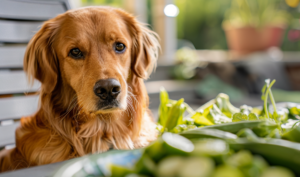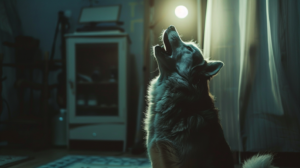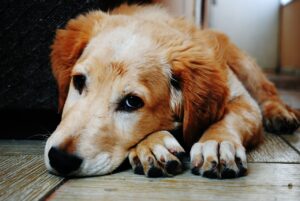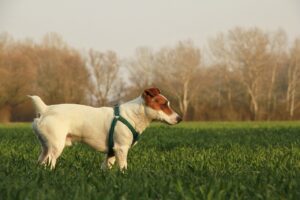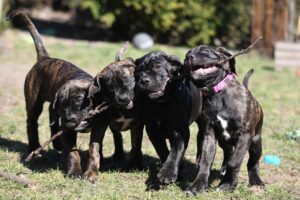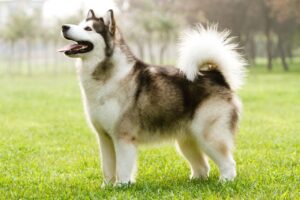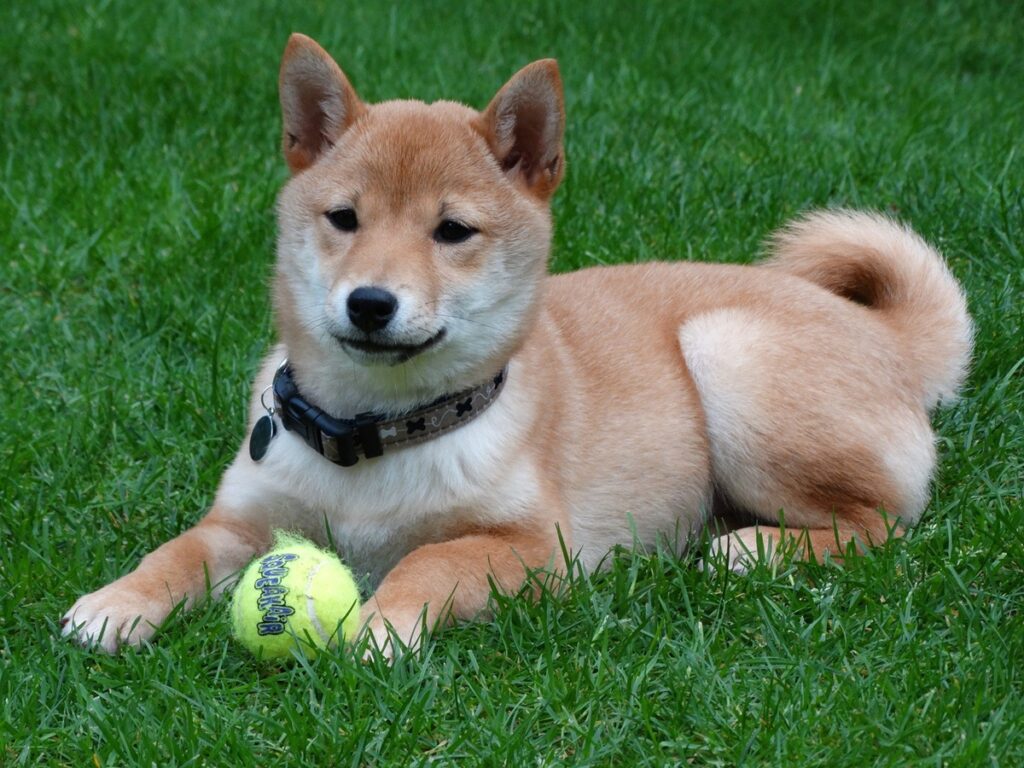
The Shiba Inu, a breed originating from Japan, is known for its unique blend of affection and independence. This breed’s distinctive qualities make them beloved pets, with their intelligent gaze and confident demeanor reflecting their strong-willed nature.
Despite their reserved demeanor, they are known for their loyalty and unique way of showing affection – through subtle gestures and comforting presence. They don’t demand attention, but it feels like a special privilege when they choose to give theirs. This combination of intelligence, loyalty, and independence makes the Shiba Inu a vibrant addition to any home, adding color and meaning to life.
This comprehensive guide will share insights on their current market price, annual expenses tied to their upkeep, factors influencing these costs, and the pros and cons of sharing your home with this noble breed. It’s an enlightening look at what it means to bring such a distinctive pet into one’s life financially and emotionally.
How Much Does a Shiba Inu Cost in the Philippines?
As per my recent research, the cost of owning a Shiba Inu in the Pearl of the Orient Seas varies significantly. The price tag can fluctuate between ₱50,000 to as high as ₱100,000, depending on several factors.
One such factor is the dog’s color. While the most common coat colors are red, black and tan, or sesame, there’s a premium for cream-colored Shibas. This unique hue, though not considered breed standard due to its masking of the dog’s ‘urajiro’ (a distinctive white fur pattern), carries a certain allure that can command a higher price.
It’s also worth noting that no sub-breeds are under the Shiba Inu. However, there are six native Japanese breeds, and they are the smallest among them. Others include the Akita, Kishu, Shikoku, Hokkaido, and Kai Ken. Each has unique traits and prices, so potential pet owners might want to explore these options.
Factors Affecting the Price
The specifics may vary from one pup to another, but the fundamental factors are lineage, coat color, and gender.
a. Lineage
Puppies from champion lines or reputable breeders often come with a higher price tag, reflecting the care, effort, and resources invested in maintaining these high-quality bloodlines.
b. Coat Color
Coat color, while not affecting a Shiba Inu’s personality or health, can sway a buyer’s preference and, thus, the demand. Specific colors, like the classic red or the rare cream, might fetch higher prices due to their popularity among enthusiasts.
c. Gender
Finally, gender comes into play. Some prospective owners may prefer one gender, which could affect demand and price.
Understanding these factors is crucial in making an informed decision when bringing home this dog.
The Yearly Expenses
Owning a Shiba Inu is more than just delighting in their fluffy tails and spirited personalities. It’s a long-term commitment that requires understanding the financial implications. Here’s a detailed breakdown of the costs associated with owning one of these adorable furballs:
1. Food
Their diet must be nutritious and balanced, costing you around ₱2,500 per month. Cutting corners here isn’t an option, as their health and vitality depend on it.
2. Grooming
Regular grooming sessions can add around ₱1,000 to your monthly expenses. Their plush coat requires particular attention to keep them looking their best.
3. Veterinary Care
Their health should always be a priority. Regular vet visits and vaccinations are vital for their well-being and can amount to approximately ₱10,000 annually.
4. Miscellaneous
Aside from regular costs, there are other expenses to consider. These include toys and treats to keep them entertained (₱500 per month) and training sessions to instill good behavior (₱1,000 per session). It is safe to set aside ₱10,000 every year for this.
5. Emergency Fund
It’s wise to set aside an emergency fund for any unforeseen circumstances. An annual amount of ₱10,000 is a good starting point.
Total Yearly Expenses
In summary, excluding the initial purchase, the average annual cost of owning a Shiba Inu is around ₱72,000.
The First Year Expenses
| Expense | Cost |
| Shiba Inu’s Price | ₱50,000 to ₱100,000 |
| Food | ₱30,000 |
| Grooming | ₱12,000 |
| Veterinary Care | ₱10,000 |
| Miscellaneous Costs | ₱10,000 |
| Emergency Fund | ₱10,000 |
| TOTAL | ₱122,000 to ₱172,000 |
Remember, the best things in life rarely come cheap!
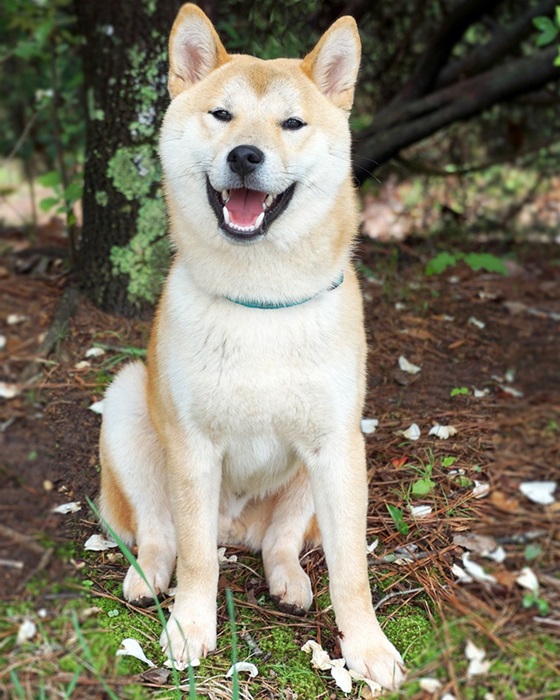
Identifying the Authentic Shiba Inu: A Look at Physical Traits
They are undeniably charming with their fox-like features and spirited personalities. But what physical traits set them apart and signify their purebred status? Here’s a rundown:
- Size and Stature: Shiba Inus are compact but sturdy, usually weighing between 17 to 23 pounds for males and 15 to 20 pounds for females. They stand proud, reflecting their strong-willed nature.
- Distinctive Face: Their faces are reminiscent of a fox with erect triangular ears and deep-set, almond-shaped eyes that come in rich brown.
- Double Coat: A thick double coat is a hallmark of Shiba Inus. This plush fur can be red, black and tan, or sesame (black-tipped hairs on a rich red background).
- Curled Tail: One of the most distinctive features is their curled tail. It arches over the back and is well-furred, adding to their overall charm.
- Well-Developed Muscles: Being originally bred for hunting, Shiba Inus have well-developed muscles. Their body is well-balanced, signifying agility and strength.
These dogs’ physical traits reveal not just their purebred status but also echo their unique personality traits. Each feature reflects a facet of their character, making them an intriguing and delightful companion.
The Pros and Cons of Owning a Shiba Inu
Owning a dog, particularly as distinctive as this breed, comes with its unique set of joys and challenges. When living in a tropical country, the experience takes on an added layer of complexity. Here’s an exploration of the pros and cons of raising this spirited breed.
Pros
1. Companionship: Shiba Inus are known for their loyalty and affection towards their human family. They can provide a strong sense of companionship, improving mental health.
2. Physical Activity: These dogs are energetic and enjoy daily walks, fostering an active lifestyle.
3. Intriguing Personality: These dogs possess a unique blend of independence and intelligence, making them fascinating companions.
4. Compact Size: Their small size makes them suitable for apartment living and houses with limited yard space.
Cons
1. Living Expenses: Owning a Shiba Inu involves various expenses such as food, toys, grooming tools, and routine vet visits.
2. Tropical Climate: Given their thick double coat, these dogs may struggle in hot climates. Extra care is needed to keep them comfortable.
3. Strong-Willed Nature: They are known for their independent streak, making training challenging.
4. Time Commitment: Pets require attention and time. Caring for them is a significant commitment from feeding to exercise and grooming.
Navigating the path of pet ownership is a delicate dance of balancing the pros and cons. It’s about ensuring that both the canine companion and the owner can thrive amidst its unique challenges. The joy of pet ownership is not just about the breed’s distinctive traits but also about the enriching journey it brings to our lives.
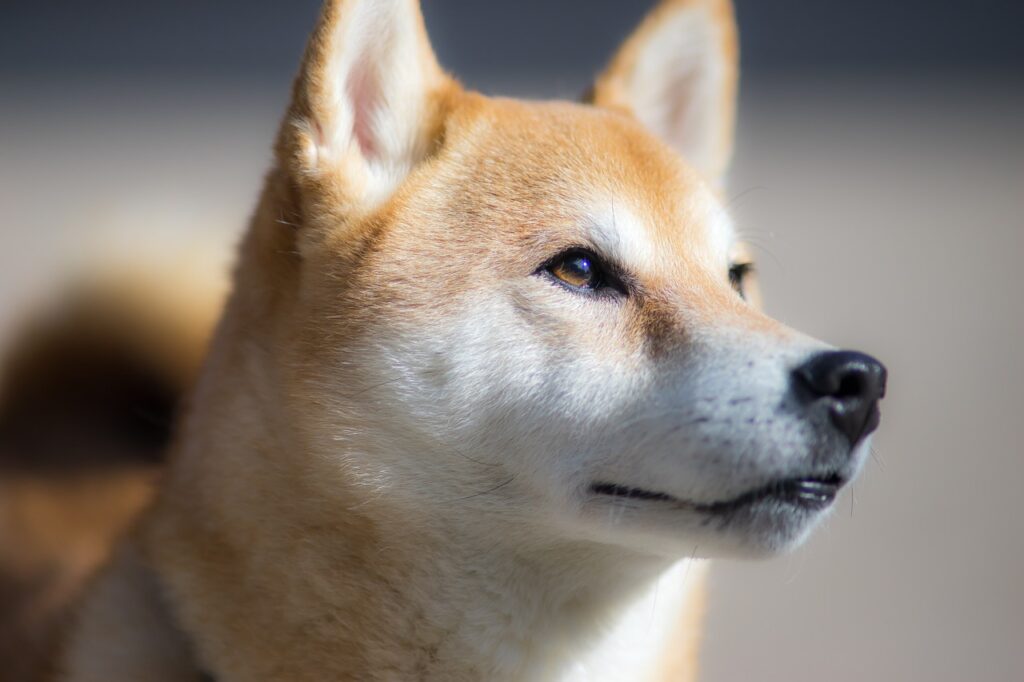
Exploring the Shiba Inu Look-Alikes
When considering a Shiba Inu, it’s worth exploring the commonalities this breed shares with other popular dogs. From the fox-like visage of the Corgi to the dignified aura of the Akita Inu, these breeds all mirror aspects of the Shiba Inu’s unique charm.
i. Corgi
Corgis resemble their fox-like countenances, marked by sharp ears and expressive faces. Both breeds exhibit a compact and robust build, though the Shiba Inu is marginally larger and more muscular, each showcasing a confident, agile stance. Learn about the Philippine price of a Corgi here.
ii. Japanese Spitz
Japanese Spitzs echo the fox-like facial features, distinguished by upright ears and bright, almond-shaped eyes. Both breeds have compact, muscular bodies enveloped in dense double coats with comparable color patterns, including white, cream, or tan. Find out how much a Japanese Spitz costs in the Philippines here.
iii. Samoyed
Samoyeds share a similar alert, fox-like face, keen, almond-shaped eyes, and pricked ears. Although Samoyeds are considerably larger, both breeds possess thick, double-layered coats — their coat is notably plush and white. In contrast, Shiba’s coat varies in color but is equally dense. Here’s a detailed guide to the price range of a Samoyed in the Philippines.
iv. Akita Inu
Akita Inu, a larger relative, embodies the same dignified aura. They are loyal, noble, and courageous, embodying a silent strength that’s truly admirable.

